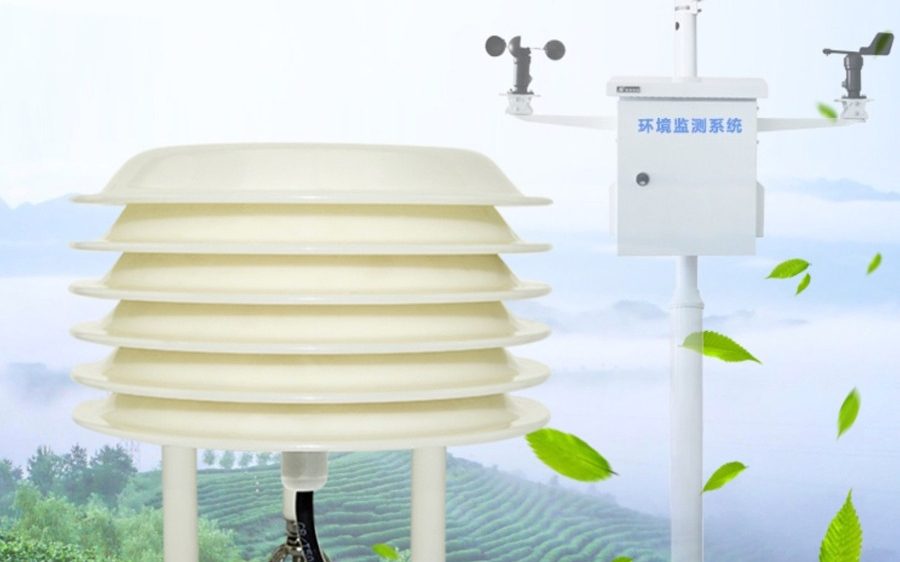The noise sensor is an industrial standard noise monitor, designed for industrial field noise testing requirements, compatible with monitoring systems, and monitoring noise at a fixed point throughout the day.
Noise sensor working principle
The noise sensor is precisely because the sensor has a built-in condenser electret microphone that is sensitive to sound. The electret surface is opposite to the back electrode, and there is a tiny air gap in the middle, forming an insulating medium with the air gap and the electret as an insulating medium. The back electrode and the metal layer on the electret act as two electrodes to form a plate capacitor. There is an output electrode between the two poles of the capacitor. Due to the distribution of free charges on the electret film. When the sound wave causes the electret film to vibrate and generate displacement; it changes the distance between the two polar plates of the capacitor, which causes the capacitance of the capacitor to change. Since the number of charges on the electret remains constant, according to the formula: Q = CU so When C changes, it will inevitably cause the change of the voltage U at both ends of the capacitor, thereby outputting an electrical signal, and realizing the conversion of sound signal to electrical signal. Specifically, the total charge of the electret remains unchanged. When the plate retreats under the pressure of the acoustic wave, the capacitance decreases, and the voltage between the two poles of the capacitor will increase inversely proportionally. On the contrary, when the capacitance increases, the two poles of the capacitor will increase The voltage between them will decrease in inverse proportion. Finally, the voltage at both ends of the capacitor is taken out through the field effect of very high impedance and amplified at the same time, so that the voltage corresponding to the sound can be obtained. Since the FET is an active device, it needs a certain bias and current to work in the amplified state. Therefore, the electret microphone needs to add a DC bias to work.
What are noise sensor main features?
The noise noise sensor adopts a high-sensitivity condenser microphone with stable signal and high precision. It has the characteristics of wide measurement range, good linearity, convenient use, easy installation, and long transmission distance.
How a noise sensor module detector works ?
The noise and noise sensor module detector adopts imported components to calibrate the output signal TTL and RS485, designed for low-cost application users of integrators, direct-reading noise detection module, unified calibration of the experimental cabin, and stable and reliable data.
Where a noise sensor modules used for ?
Noise sensor modules are widely used in scientific research institutes, portable/hand-held detectors, fixed gas transmitters, atmospheric environment detectors, dust noise detection systems, noise monitors, detectors, automatic control systems, environmental noise monitoring systems, Industry, workshop and other places that need to be measured.
Noise sensor application
The noise sensor is an industrial standard noise monitor, designed for industrial field noise testing requirements, compatible with monitoring systems, and monitoring noise at a fixed point throughout the day. It can be widely used in warehouses, computer rooms, production workshops, archives, libraries, schools, shopping malls, smart homes, building control, airports, railway stations and other fields.

How to installa a noise sensor?
1. Users are not allowed to disassemble by themselves, let alone touch the sensor core, so as to avoid damage to the product.
2. Try to stay away from high-power interference devices to avoid inaccurate measurements, such as inverters, motors, etc., installation and disassembly
When the transmitter is used, the power must be disconnected first, and it is forbidden to have water in the transmitter, which may cause irreversible changes.
3. Prevent chemical reagents, oil, dust, etc. from directly invading the sensor, and do not use it for a long time under dew condensation and extreme temperature environments.
Strictly prevent thermal shock.




